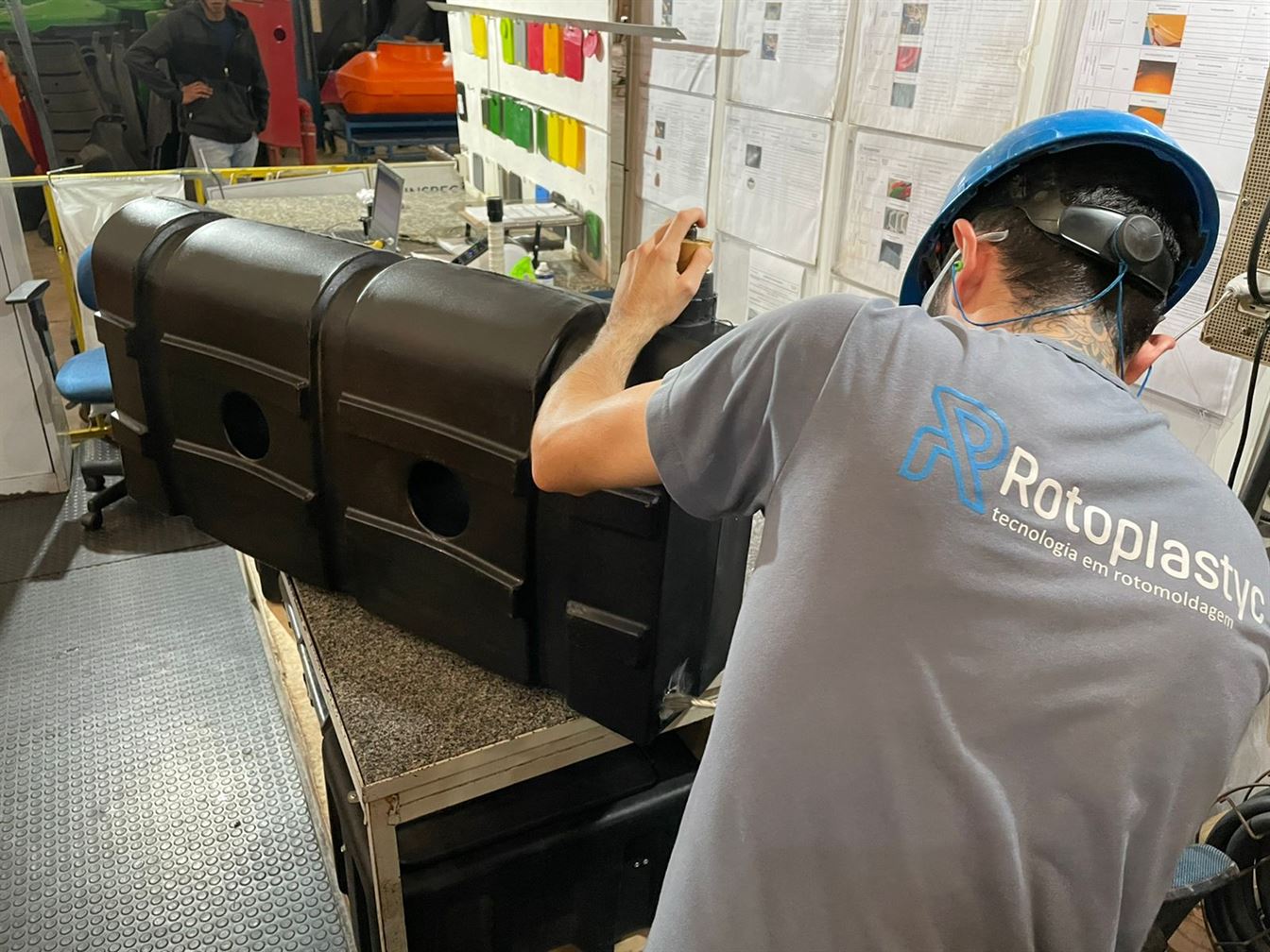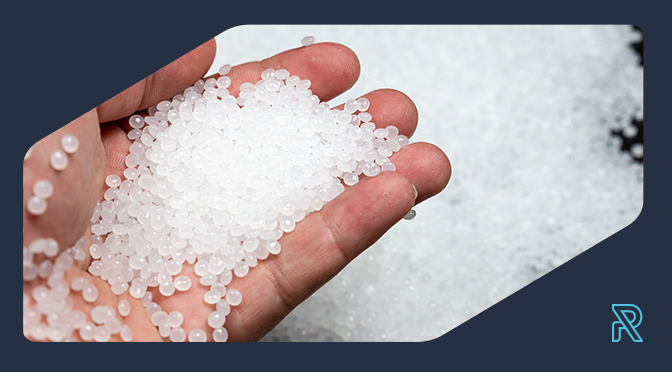Rotomolding or injection molding? Understand the differences
19 de January de 2023 - Polyethylene, Rotomolding

Check out this article to understand the differences between rotomolding and injection molding. With excellent cost-effectiveness, rotomolding is gaining ground for large parts due to its durability, practicality, and range of designs.
Those seeking low-cost component production combined with durability should lean toward plastic part manufacturing. However, the question often arises: is rotomolding or injection molding the better option? That is why it is important to understand the differences between these two processes.
Injection molding of thermoplastics involves producing plastic parts by molding polymer pellets using a method that enables the creation of various shapes, sizes, and fittings.
Rotomolding – or rotational molding – is a process used to mold plastic parts and transform thermoplastics into hollow components or those with larger or smaller openings. It involves fourmain steps: loading the mold with raw material, heating the mold, cooling the mold, and removing the finished part. It is considered a simple and low-cost method, which is why it has become highly attractive to sectors such as agriculture and industry in general.
Both processes use molds, but due to the limitations of injection molding, rotomolding offers more advantages for certain projects. For instance, injection molding becomes increasingly expensive as part size increases, since injection machines have a limited capacity in terms of part dimensions. In rotomolding, however, the cost-benefit is more favorable, allowing for the production of both small machine components and large tanks, such as water storage containers. This makes the process particularly suitable for larger parts.
Another major advantage of rotomolding is its ability to offer a wide variety of designs, including different shapes, colors, and dimensions, all with low residual stress. The molds used also allow for the creation of highly complex items at a lower cost compared to other techniques, such as injection, extrusion, or blow molding. The process also produces parts that are lightweight, durable, and have a long service life.
Versatile and full of design possibilities, rotomolding is used to manufacture tanks, water containers, furniture, and parts for companies in the agricultural, industrial, construction, and road sectors, among others. One of the key benefits that makes rotomolding the preferred method for large-part projects is the fact that the components are made without seams or welds.
Rotoplastyc is among the largest rotomolding manufacturers in the country and has a dedicated engineering department that develops technical parts according to each client’s needs, serving various market segments. Its production line follows a standardized, robust, and certified process.
Now that you understand the differences between rotomolding and injection molding and know the benefits of rotomolding, check out this content about Polyethylene: the perfect raw material for industrial projects.
